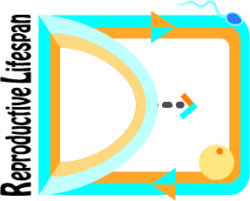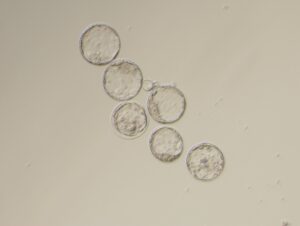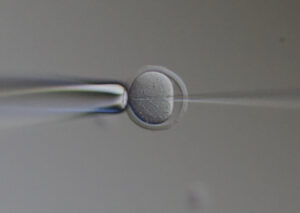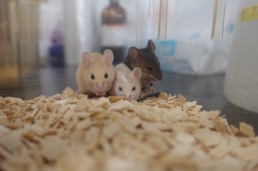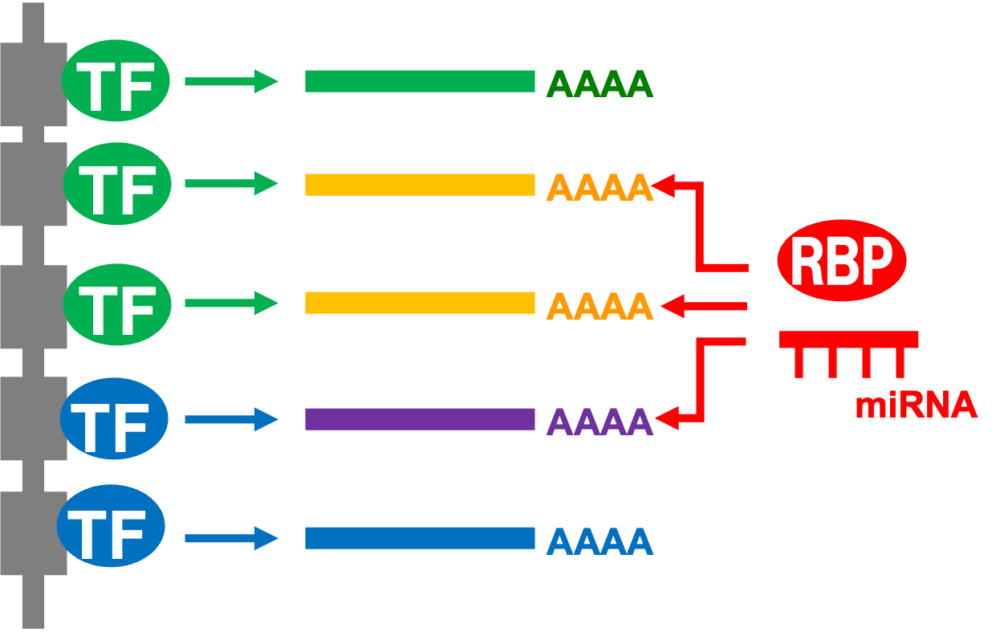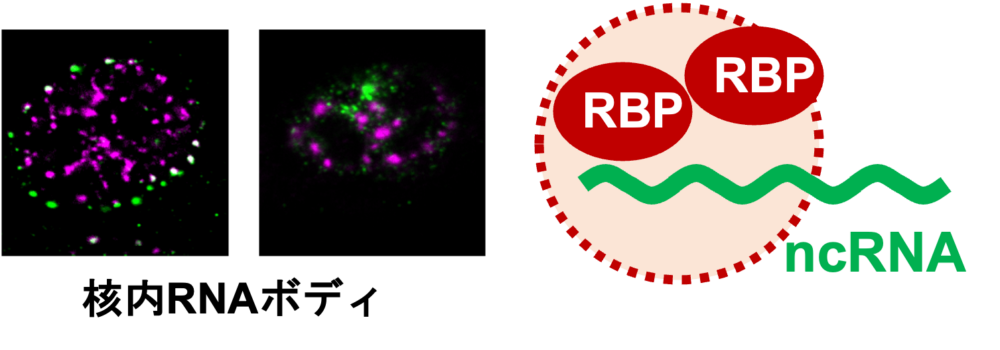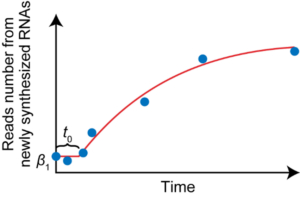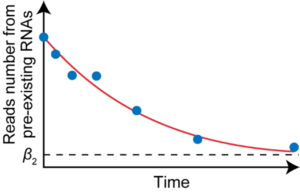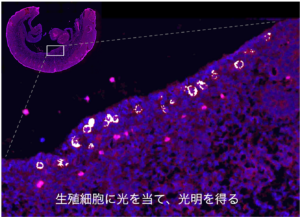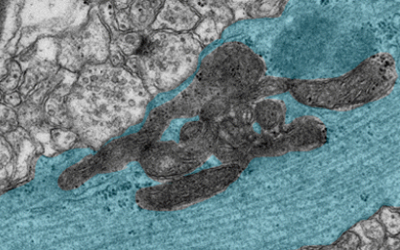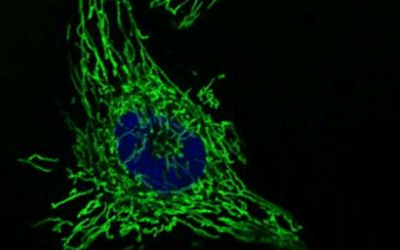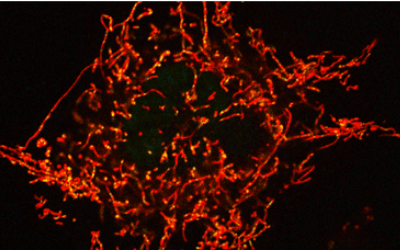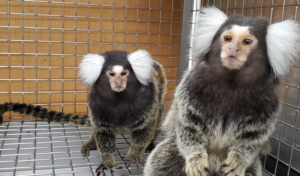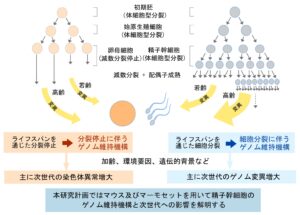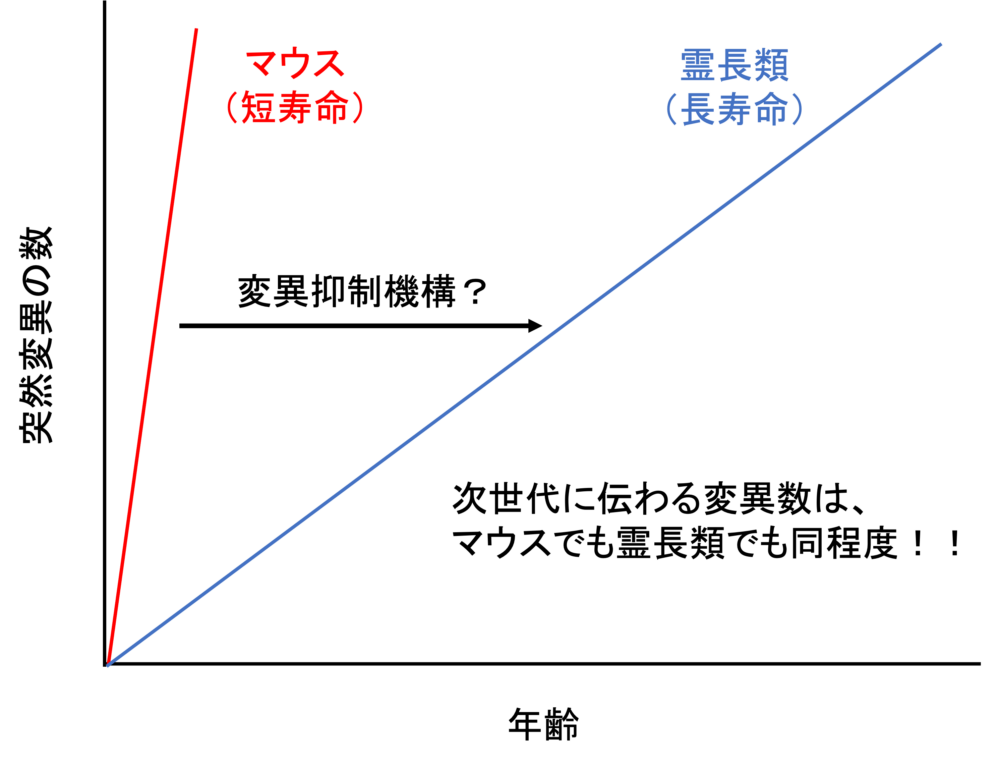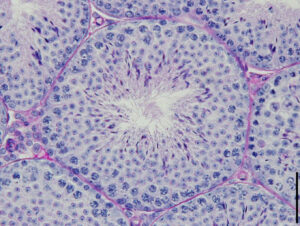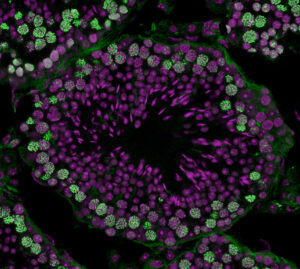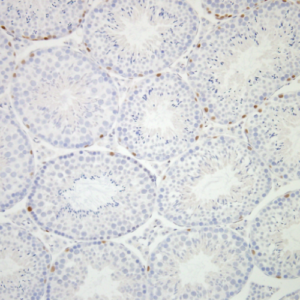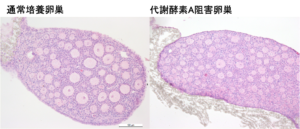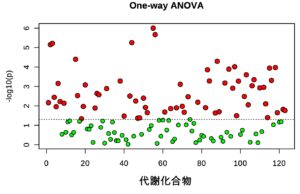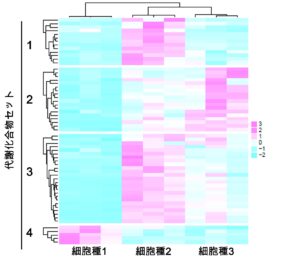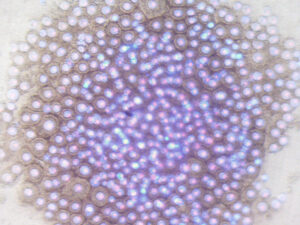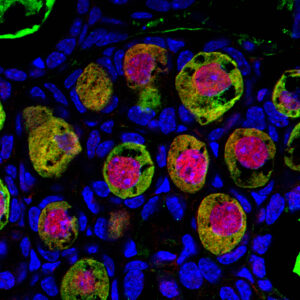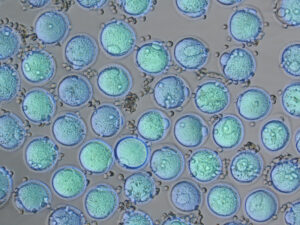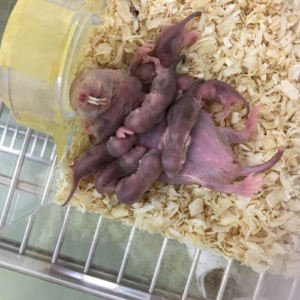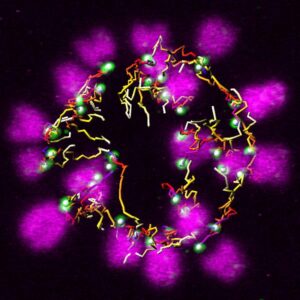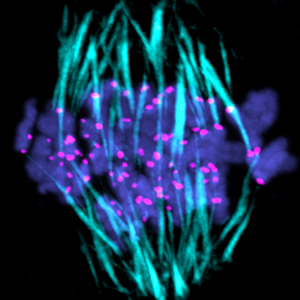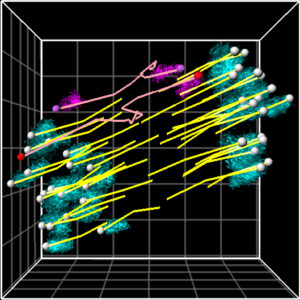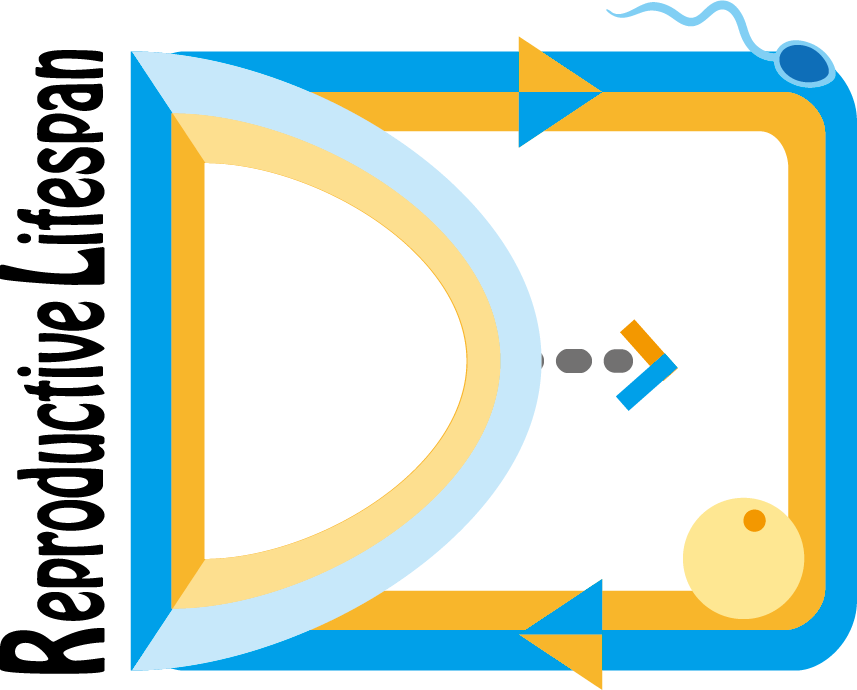
Open call for applications for Grant-in-Aid for Transformative Research Areas (A) (Publicly Offered Research) in FY2024!
1. Details of Research Area
This research area aims to elucidate the dynamic nature of the reproductive lifespan by clarifying the changes and fluctuations of germ cell functions and properties across the lifespan. Traditionally, the reproductive lifespan has been defined as a period during which an individual has the ability to produce the next generation. This is based on a qualitative view in which an individual’s reproductive capacity is turned on and off in a binary manner at physiological turning points. However, as recent technological innovations have quantitatively analyzed germ cell functions and properties at the cellular level, it has become clear that they can change and fluctuate throughout life in terms of reproductive capacity and risk to the next generation. In this research area, we will quantitatively characterize such changes and fluctuations in germ cells across the entire lifespan and elucidate their underlying mechanisms.
Our particular interest includes changes and fluctuations in germ cell function and the risk to the next generation throughout the adult stage. For example, in mammalian females, oocytes enter a dormant state after production and remain non-proliferative throughout the adult stage. However, as life progresses, functions such as chromosome segregation deteriorate, leading to infertility and miscarriage, and increasing the risk of aneuploidies in the next generation. In males, however, sperm stem cells acquire the ability to suppress genomic mutations, continue to proliferate, and produce numerous sperm throughout the adult stage. However, the risk of transmitting mutations to the next generation increases with age. Not limited to these examples, germ cell function and risks to the next generation change and fluctuate from various perspectives, and these changes and fluctuations shape a dynamic reproductive lifespan with the processes of “acquisition, maintenance, adjustment, and deterioration” in life. This research area brings together research and technological development focusing on “acquisition” during the developmental and juvenile stages, “maintenance and adjustment” during the adult stages, and “deterioration” during the aging stages, to conduct germ cell research throughout the entire life span, with the goal of elucidating the dynamic reproductive life span.
2. Call for Proposals and Expectations for Publicly Offered Research, etc.
Researches that focus on changes and fluctuations in germ cell function (A01) and risk to the next generation (A02) across the lifespan, as well as the development of technologies to facilitate these researches (A03), are eligible. We welcome research proposals that bring new approaches and perspectives not found in existing germ cell research, as well as research that takes advantage of technologies that have been developed in the field of germ cell research to date. While this research area is a group that gathers to elucidate the dynamic reproductive lifespan, it is intended to be a place where outstanding individual research can be enhanced through collaboration within the research area, and proposals based on open ideas that contribute to this concept are encouraged. In addition, as this research area seeks to promote diversity in human resources, proposals from young scientists and women scientists are strongly encouraged.
The following is a list of examples of research that we expect to see, but proposals are not limited to these, as long as a proposal contributes to the goals of this research area.
- Research to elucidate the dynamic changes and fluctuations in germ cells by taking advantage of mammalian or non-mammalian animal models.
- Research to elucidate cellular changes and mechanisms using techniques such as in vitro germ cell reconstitution and live imaging.
- Research that focuses on the fundamental processes of the reproductive cycle, such as germ cell differentiation, meiosis, and fertilization.
- Research that focuses on the environment and mechanical control of germ cells.
- Research focusing on the dynamics of long-term turnover of molecules and cells during the reproductive lifespan.
- Research that focuses on the effects of external factors, such as nutrition, on germ cell function and risk to the next generation.
- Research that focuses on risk factors inherited by the next generation, not limited to the genome itself.
- Research that develops or utilizes engineering and informatics technologies such as device fabrication and artificial intelligence, as well as original technologies.
- Research that theoretically elucidates the reproductive lifespan using quantitative data at the cellular level.
- Research to elucidate basic germ cell functions related to the reproductive lifespan of primates, including humans.
3. Research Group, Upper Limit of Annual Budget and Number of research projects scheduled to be selected
A01:Reproductive lifespan by germ cell function
A02:Reproductive lifespan for next generation
A03:Technology development for reproductive lifespan research
Annual Budget (Million yen):4
Number of research projects scheduled to be selected:15(Total in A01-A03)
4. Download Application Forms
Page for downloading Application Procedures and Application Form for Grants-in-Aid for Scientific Research-KAKENHI- for FY2024(Grant-in-Aid for Transformative Research Areas(A)(Publicly Offered Research))
